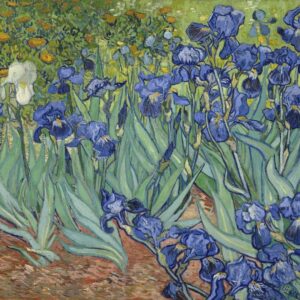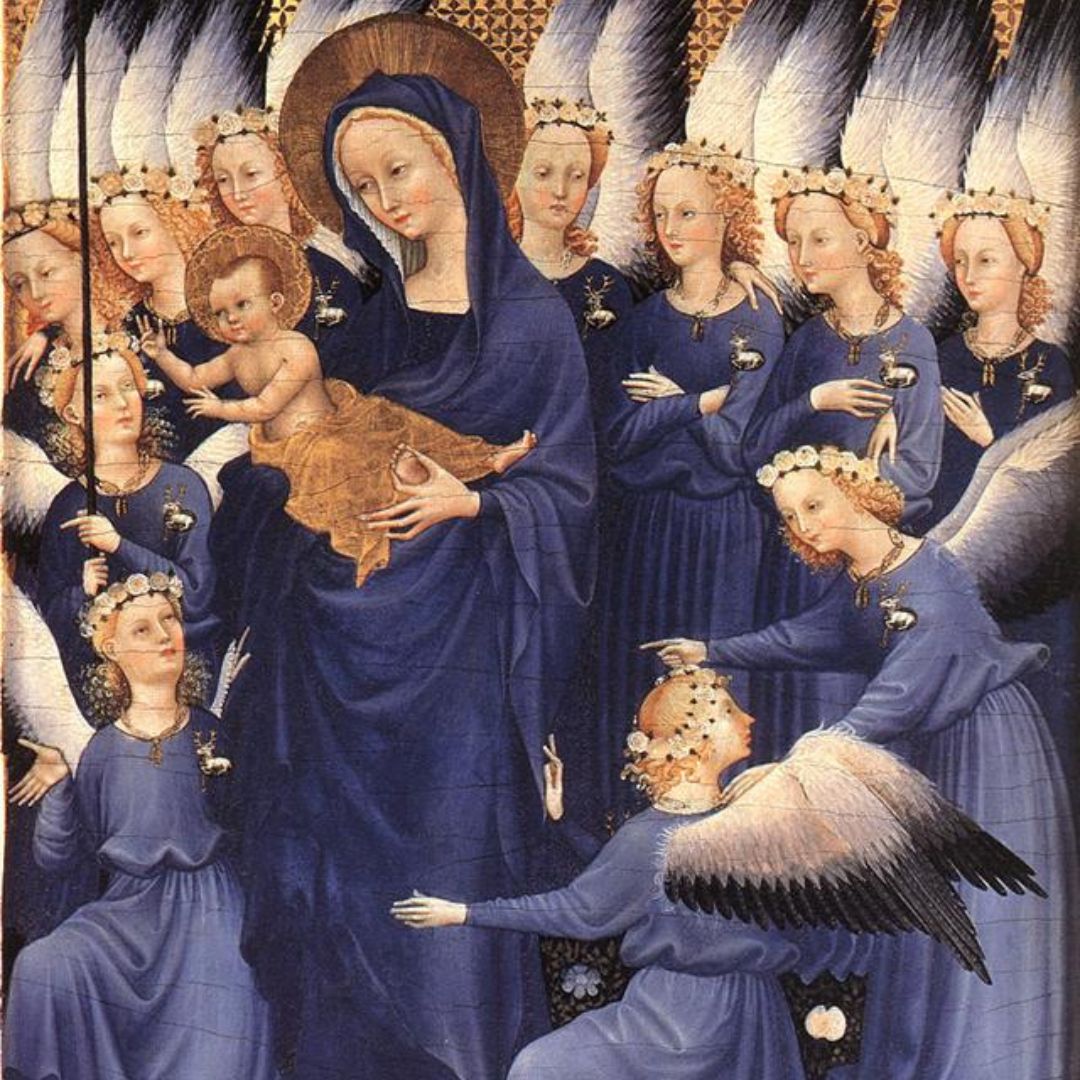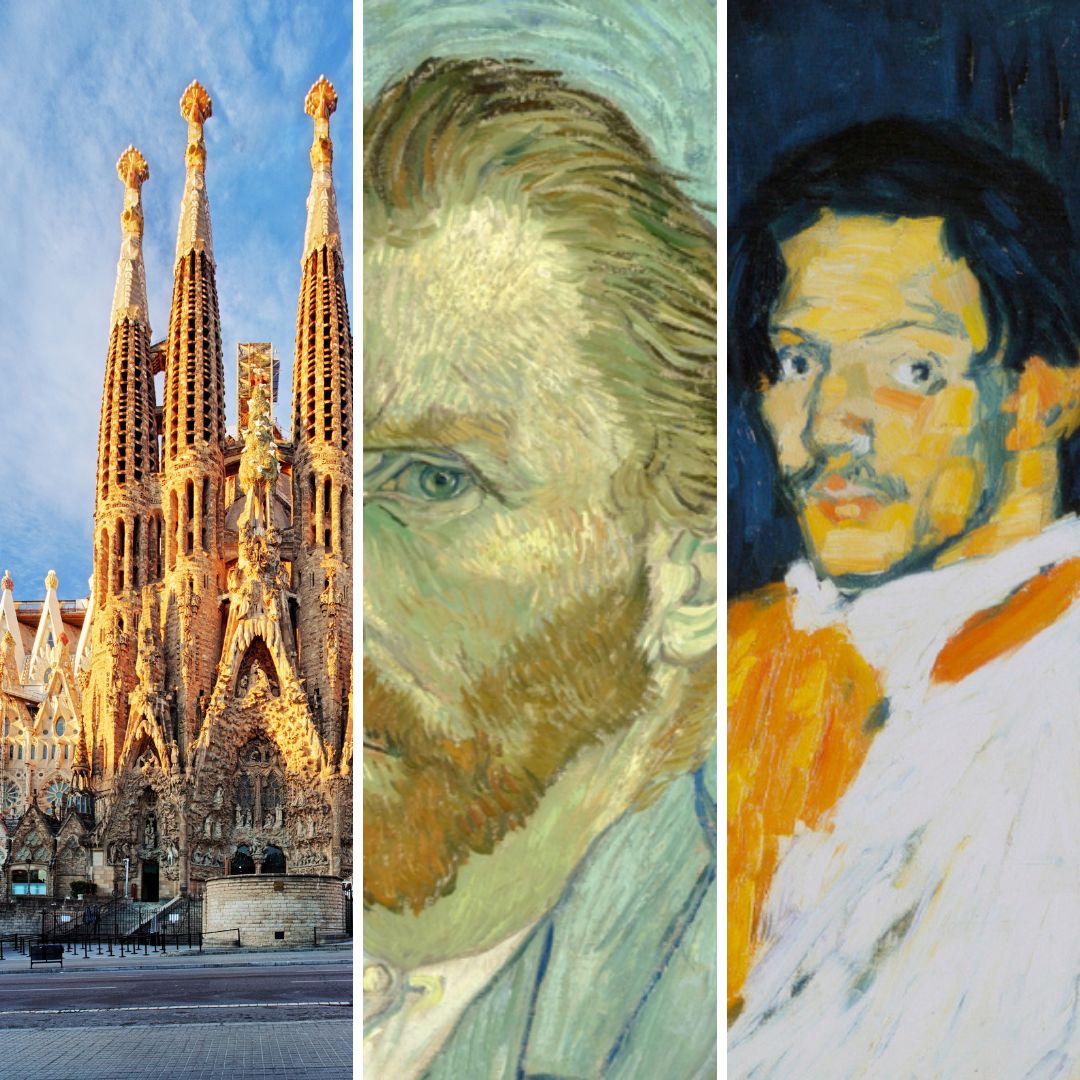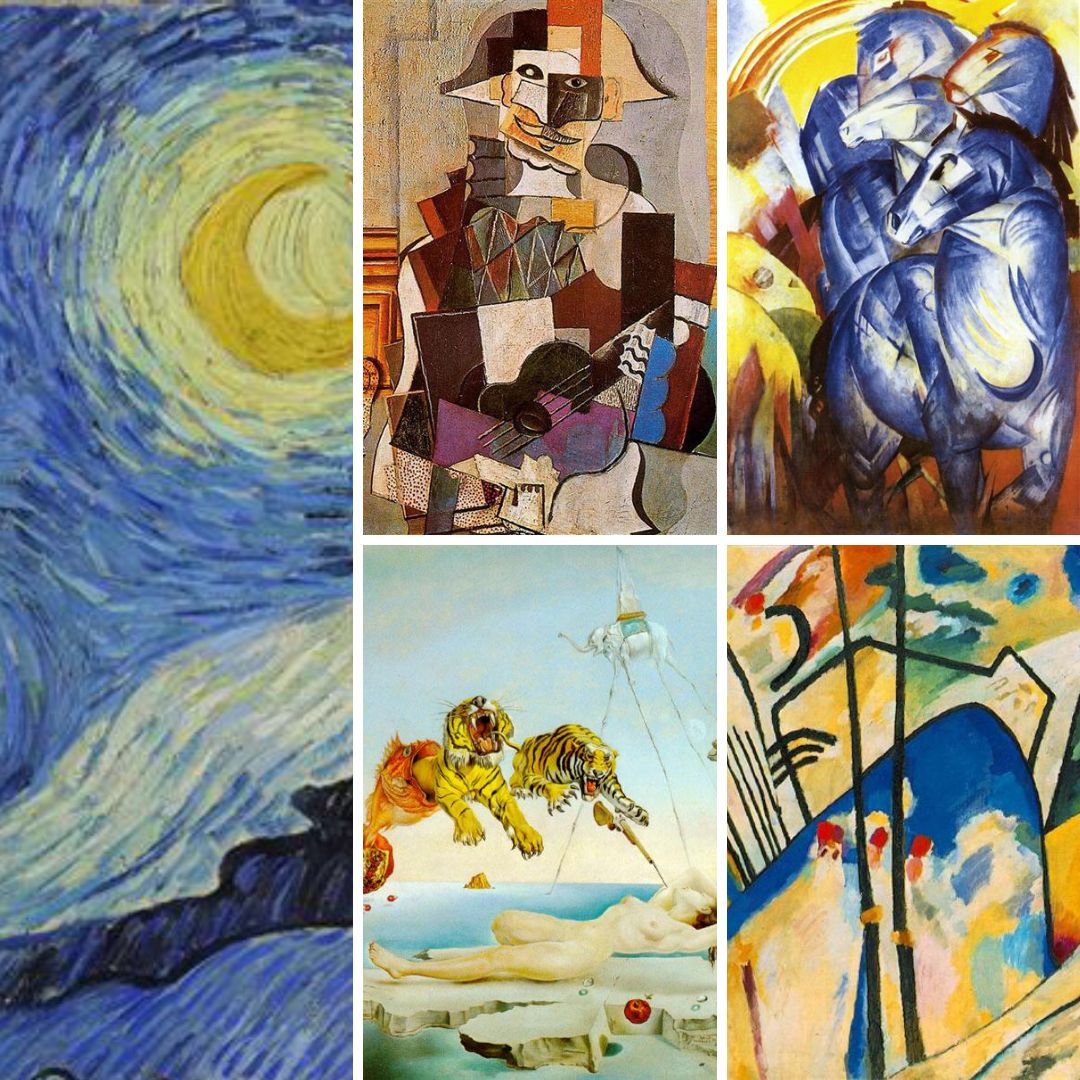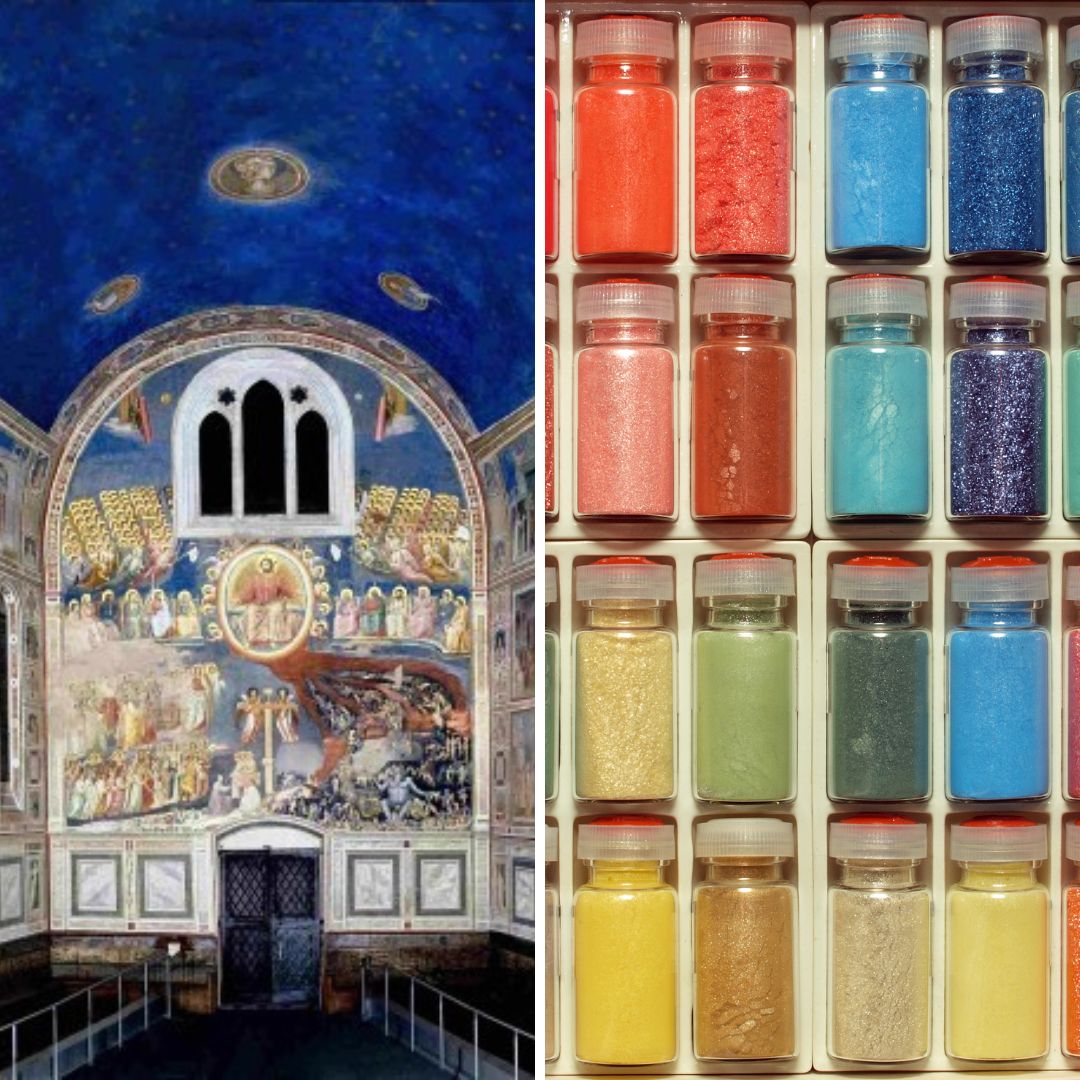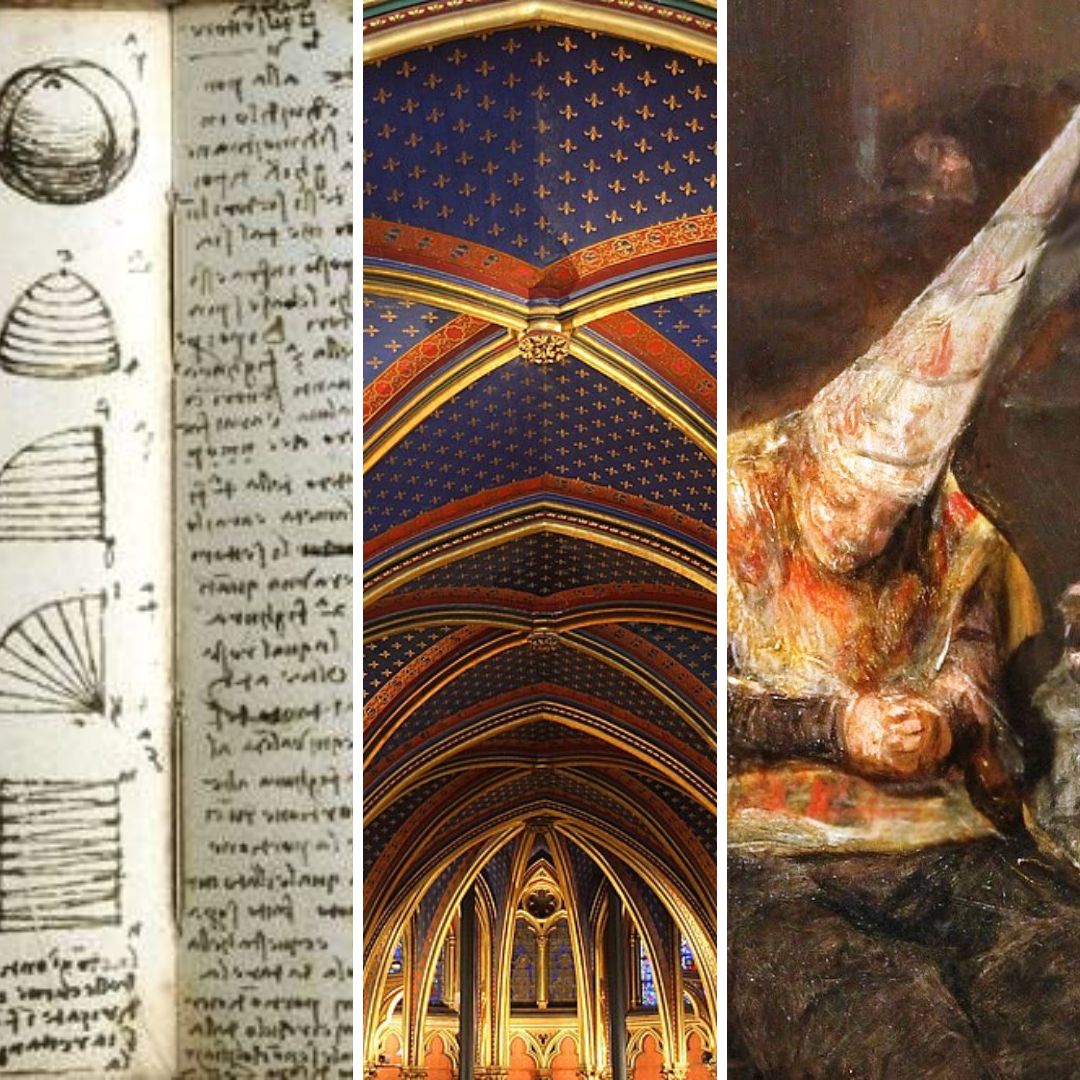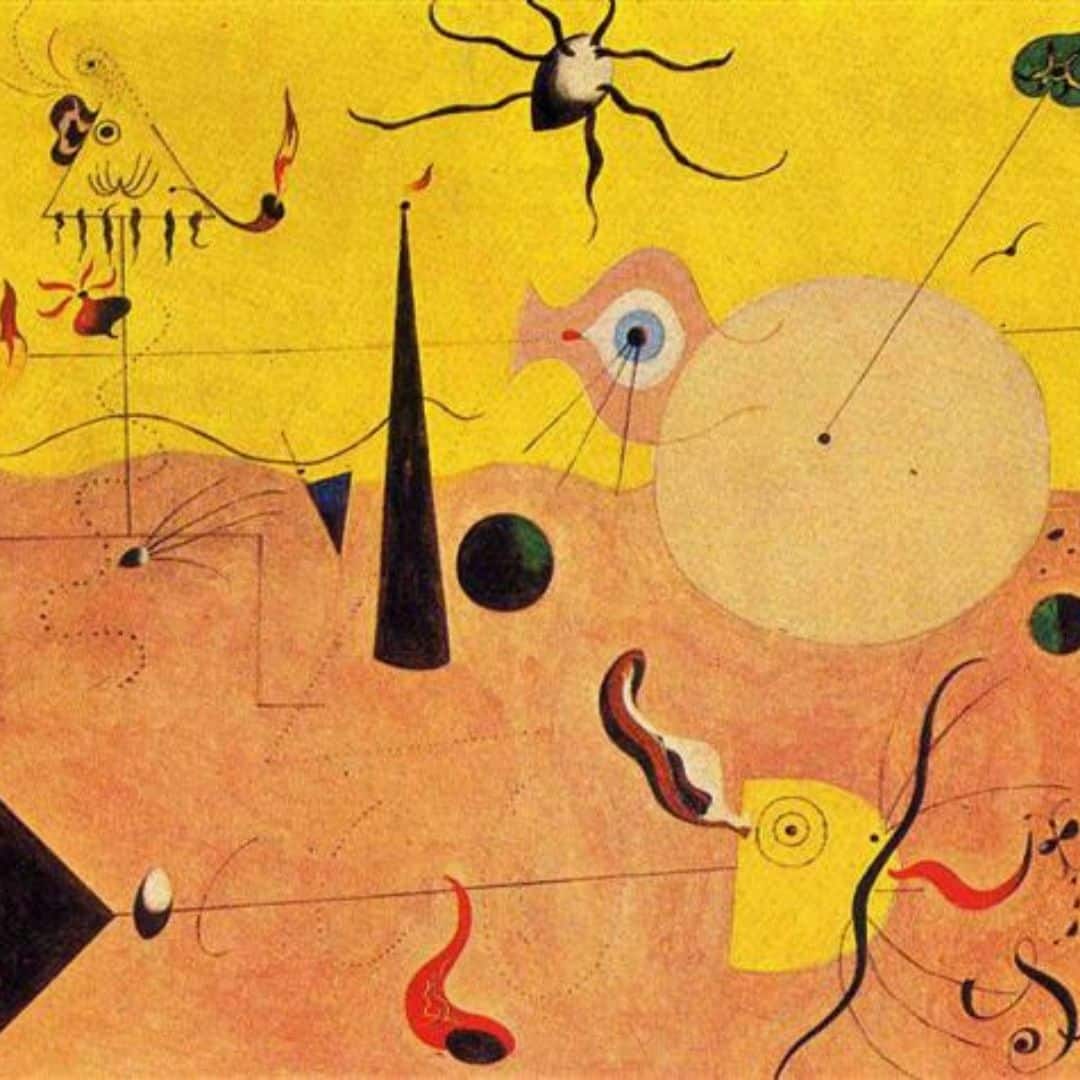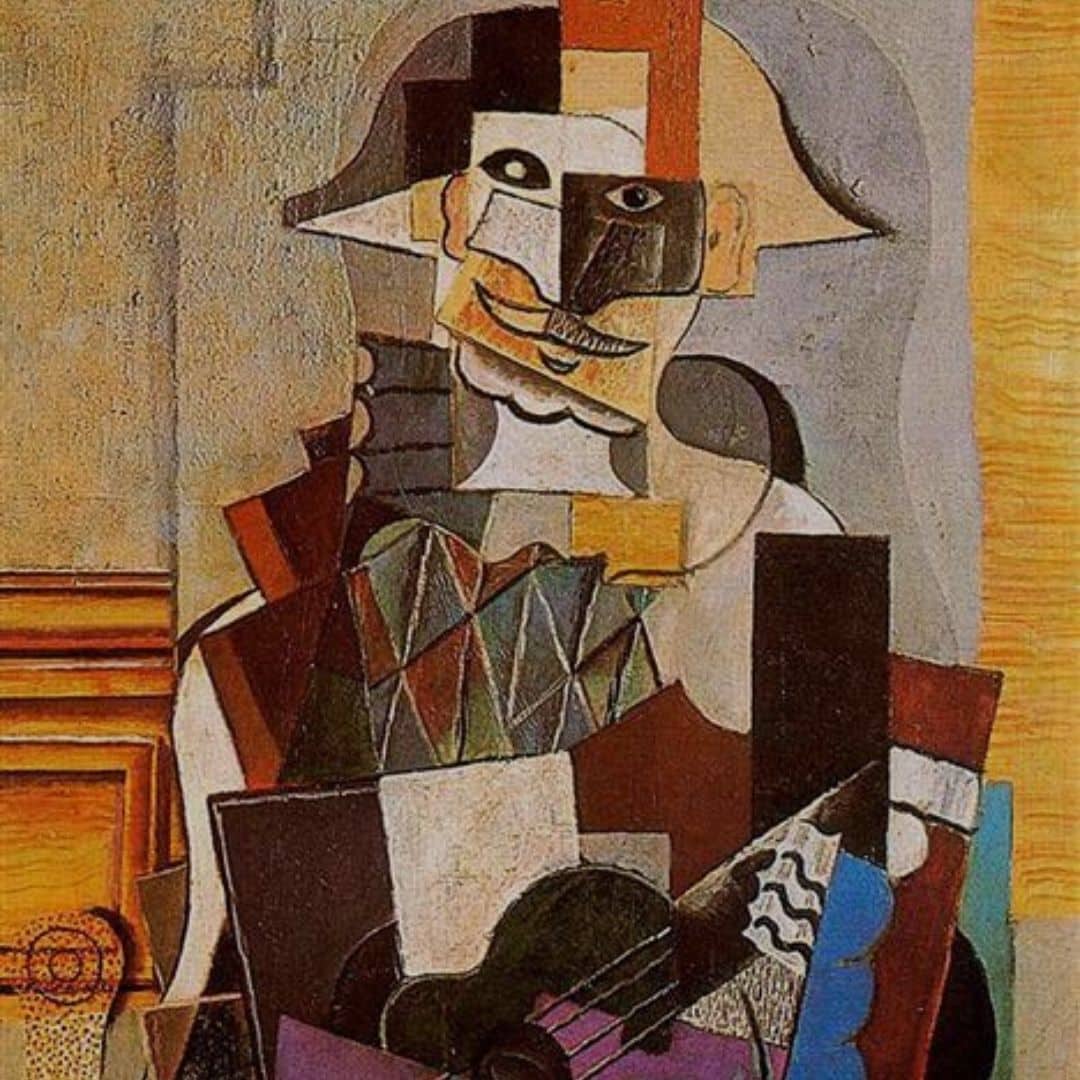Gustave Klimt | Danaë
Gustav Klimt did this oil painting in 1907, depicting the myth of Danaë, the mother of Perseus.
In this post get to know this myth and how Gustav Klimt represents it superbly.
Includes the video Women and mythology in art history. Text: Rute Ferreira, author of online courses about art analysis and art communication.
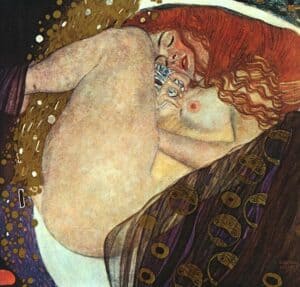
Source of image – wikiart
The myth of Danaë
The supreme lord of Olympus, Zeus, was acknowledged for frequent infidelities to his wife, Hera.
Often he disguised himself to perform the attempt to sleep with some beautiful young woman who would catch his eye.
In the case of Danaë, however, it was not the jealousy of the goddess that made him metamorphose into a rain of gold, but the father of the young woman, Acrisius.
When he consulted the oracle, he knew that he would be killed by his grandson, so he took care of locking the princess in a tower, constantly watched.
Without being able to possess her by normal means, Zeus then becomes a shower of gold.
Than he fecundates the girl through a hole in the ceiling of the tower (some interpret this reading saying that, in fact, Zeus bribed the guards, hence ” rain of gold “).
From this union is born Perseus, the same hero who kills Medusa and later saves Andromeda.
Danaë by Gustav Klimt
Gustav Klimt, who was an Austrian symbolist painter, portrayed the moment when Danaë is taken by the Lord of Olympus.
She is lying by side, with her breast exposed and her legs raised, as the rain comes.
In the Klimtian representation, the princess is not accompanied by other elements or beings – as in the work of Correggio – but is alone, revealing a moment of total intimacy.

Danae, Correggio, circa 1531 Galleria Borghese in Rome
Her red hair spreads over her shoulders and back, and her face with a slight blush shows the sexual act and the excitement.

Beside her, one can see a fine silk fabric, which may be a reminder of the girl’s lineage.
The two-dimensional quality of the figure is one of the most relevant marks of Gustav Klimt.
His choice to focus on the sexual act without the presence of someone other than Danaë herself makes clear the choice of the erotic myth.
Mythology in art
Classical mythology is a recurring theme in Art History.
From time to time we are facing works that reconstitute facts of the Greco-Roman culture and imagination.
Some of humanity’s greatest and most important works of art have in classical mythology their central subject.
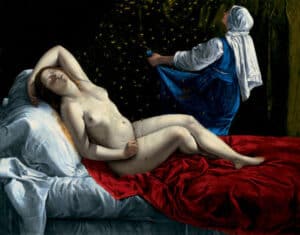
Danae by Artemisia Gentileschi, 1612
Gustav Klimt and the Vienna Secession
Gustav Klimt was born in 1862 in Vienna, Austria.
The son of a goldsmith, Klimt began studying art at the age of 14 with his brother Ernst. During this first phase of his artistic life, he began to receive commissions to decorate spaces.
A contemporary of the various avant-garde art movements emerging in Europe, Gustav Klimt founded the Vienna Secession in 1897 – a movement that sought to break with the standards of the Künstlerhaus – the Austrian Decorative Arts Artists’ Co-operative.
The aim was to keep up with the modernist movements emerging in Europe and break with the traditional aesthetic norms imposed by the co-operative.
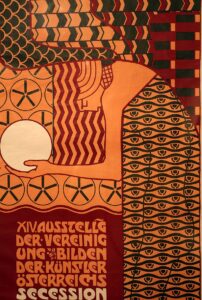
Poster for the 14th Secession Exhibit (1902), by Alfred Roller
He wanted to raise the status of the group’s members as artists and not as subjects of commercial/decorative interests.
Gustav Klimt took a huge step towards uniting the decorative arts with the so-called “major” arts.
Although he was obviously not accepted by the traditional circuits, Klimt achieved great success and recognition during his lifetime.
Klimt died of pneumonia in 1918.
Women and mythology in art history


